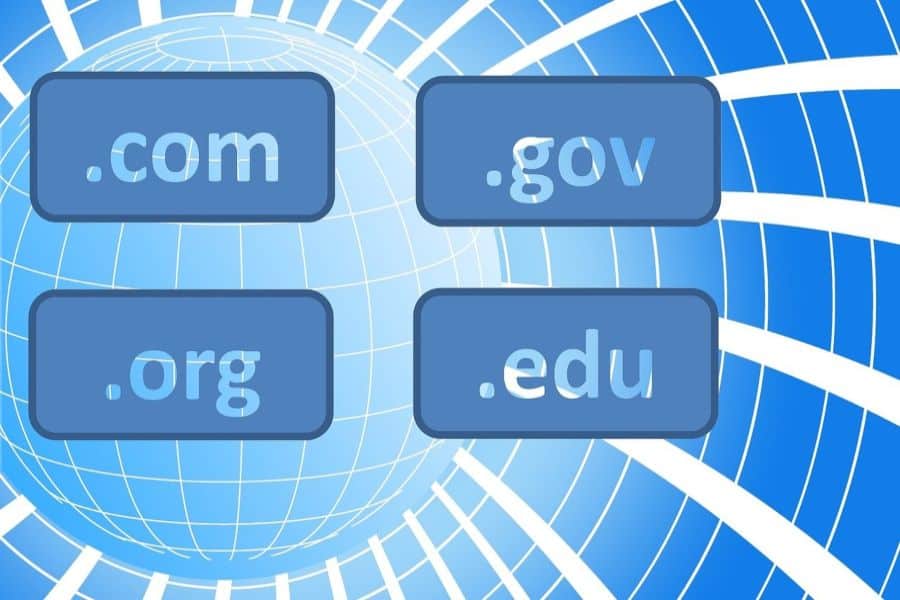
In today’s digital age, where online security is paramount, it is crucial to be vigilant against phishing attacks that can compromise sensitive information and wreak havoc on both individuals and businesses.
Phishing domains pose a significant threat as they are designed to deceive unsuspecting users into sharing their personal or confidential data. Recognizing these malicious domains is essential in protecting yourself and your organization from potential cyber threats.
In this ultimate guide, we will dive deep into the world of phishing domains, equipping you with the knowledge and tools necessary to identify and combat this ever-present danger.
Whether you are an individual concerned about your online safety or an organization aiming to fortify your cybersecurity defenses, this comprehensive guide will provide you with valuable insights and practical techniques to stay one step ahead of phishing attacks. Join us as we unravel the intricacies of phishing domains and empower you with the expertise to safeguard your digital world.
What Are Phishing Domains?
Phishing domains are deceptive websites created by cybercriminals with the intention of tricking unsuspecting users into revealing sensitive information such as login credentials, financial details, or personal data.
These domains closely mimic legitimate websites, aiming to convince users that they are interacting with a trusted entity. They often exploit human vulnerabilities, such as curiosity, fear, or a sense of urgency, to manipulate individuals into taking actions that benefit the attackers.
Phishing domains use slight variations in spelling or domain extensions to create a false sense of authenticity. For example, a phishing domain may replace letters with numbers or add additional words to the domain name. These subtle alterations can easily go unnoticed, especially when users are in a hurry or not paying close attention.
Key Indicators Of Phishing Domains
When it comes to identifying phishing domains, there are several key indicators you should look out for. These indicators can help you differentiate between legitimate websites and fraudulent ones. By paying attention to these warning signs, you can effectively protect yourself and your sensitive information. Let’s explore these indicators in more detail:
1. Suspicious URLs
One of the first things you should examine is the website’s URL. Phishing domains often have URLs that contain slight variations or misspellings of legitimate domain names. For example, instead of “paypal.com,” a phishing domain may use “paypa1.com” or “paypall.com.”
These small changes can be easy to overlook, so it’s important to check URLs carefully. Additionally, be cautious of URLs that use unusual domain extensions, such as “.biz” or “.info,” as they are commonly associated with phishing attempts.
For example, consider a scenario where you receive an email claiming to be from your bank, requesting you to update your account information. The email includes a link that leads to a website with a URL like “yourbank-secureupdate.com.” This suspicious URL is a clear indicator of a phishing domain.
2. Poor Website Design and Content
Phishing domains often lack professional design and polished content found on legitimate websites. You may notice inconsistencies in fonts, colors, or overall layout.
Grammatical errors, spelling mistakes, and awkward phrasing are also common on phishing websites. These indicators suggest a lack of attention to detail and professionalism, raising suspicion about the website’s legitimacy.
For instance, imagine you visit a website that claims to be an online store selling high-end electronics. However, upon closer inspection, you notice blurry product images, inconsistent branding, and poorly written product descriptions. These signs indicate a phishing domain trying to imitate a legitimate e-commerce website.
3. Impersonation of Legitimate Brands
Phishing domains often aim to deceive users by impersonating well-known brands, organizations, or institutions. They may use logos, trademarks, and other visual elements to create a false sense of legitimacy.
Pay close attention to the branding and verify its authenticity by cross-checking with official sources. Legitimate organizations typically have strict guidelines for their brand representation, so any discrepancies should raise red flags.
For example, let’s say you receive an email claiming to be from a popular social media platform, asking you to verify your account by clicking on a link.
The email appears to have the official logo and design of the platform, but something feels off. By visiting the platform’s official website or contacting their customer support, you can confirm if the email and the associated domain are legitimate.
4. Unusual Requests for Personal Information
Phishing domains often employ social engineering techniques to trick users into revealing their personal information. Be cautious of websites that request sensitive data, such as login credentials, credit card numbers, or social security numbers, especially if the request seems unnecessary or unusual.
Legitimate websites typically have security mechanisms in place to handle such information, while phishing domains exploit this trust to collect sensitive data for malicious purposes.
For example, suppose you receive a message claiming to be from a well-known email provider, asking you to provide your username and password to “update your account security.”
Remember, reputable companies will never ask you to disclose your login credentials through insecure channels like email or unfamiliar websites. Such requests are clear indications of phishing attempts.
By understanding these key indicators, you can become more proficient at identifying phishing domains. Remember to exercise caution and always verify the authenticity of websites and requests before providing any personal information.
Tools And Techniques For Phishing Domain Identification
To effectively identify phishing domains, you can leverage various tools and techniques that aid in the detection and verification process. These resources can enhance your ability to recognize fraudulent websites and protect yourself from falling victim to phishing attacks. Let’s explore some valuable tools and techniques you can utilize:
1. Phishing Site Takedown Services
Phishing site takedown services are specialized platforms or organizations that work to identify and shut down phishing websites. These services employ advanced techniques and algorithms to detect and analyze potential phishing domains.
By reporting suspicious websites to these services, you contribute to the collective effort of combating phishing activities. These services also collaborate with internet service providers and domain registrars to expedite the removal of fraudulent domains from the web.
2. Domain WHOIS Lookup
Performing a Domain WHOIS lookup is an effective way to gather information about the owner and registration details of a domain.
WHOIS databases provide valuable insights into the domain’s history, including the registration date, expiration date, and contact information of the domain owner. Examining this information gives you can assess the credibility and legitimacy of a domain.
3. Browser Extensions and Plugins
Several browser extensions and plugins are designed to enhance your online security by identifying and warning you about potential phishing domains.
These tools often rely on community-driven databases, machine learning algorithms, and reputation systems to flag suspicious websites in real time. They display warnings, block access to dangerous domains, and provide additional information to help you make informed decisions.
Utilizing these tools and techniques help significantly improve your ability to identify phishing domains. Remember to stay proactive, keep your security software up to date, and exercise caution while browsing the internet. These tools complement your own vigilance and contribute to a safer online experience.
Conclusion
In the vast and treacherous sea of the internet, where cyber threats lurk around every digital corner, the ability to identify phishing domains is a crucial skill for individuals and organizations alike.
Through our comprehensive journey in this ultimate guide, we have delved deep into the world of phishing and equipped ourselves with the knowledge and tools necessary to stay one step ahead of malicious actors.
By understanding telltale signs, such as suspicious URLs, deceptive design elements, and unexpected requests for personal information, we can shield ourselves from falling victim to these cunning traps. Remember, vigilance and skepticism are our allies in this ongoing battle against phishing attacks.
With the power of awareness and the right cybersecurity practices, we can navigate the online realm with confidence, protecting our identities, data, and peace of mind. So, arm yourself with this ultimate guide, spread the knowledge, and together let us outsmart the phishers, ensuring a safer and more secure digital future for all.








